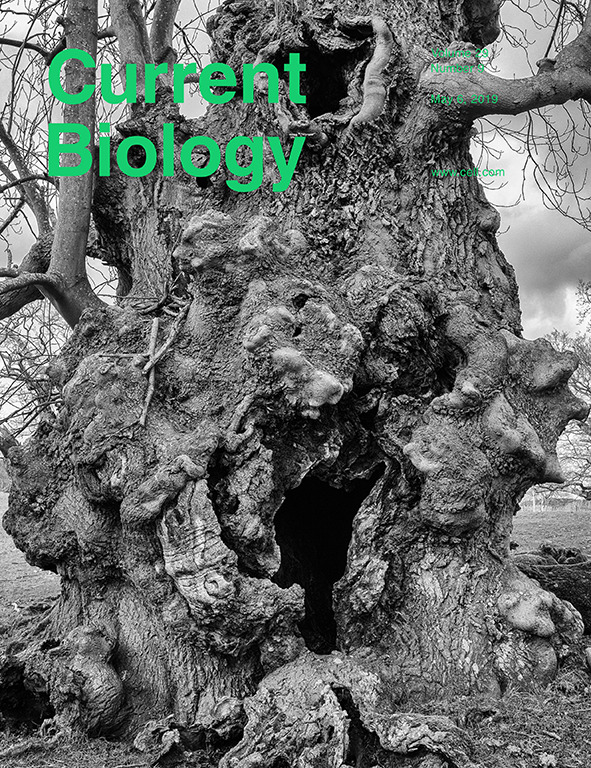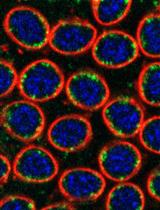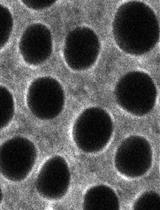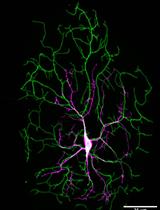- EN - English
- CN - 中文
Application of Mechanical Forces on Drosophila Embryos by Manipulation of Microinjected Magnetic Particles
机械力应用于果蝇胚胎的磁性粒子显微注射操作
发布: 2020年05月05日第10卷第9期 DOI: 10.21769/BioProtoc.3608 浏览次数: 4329
评审: Samantha E. R. DundonImre GáspárTrinadh Venkata Satish Tammana
Abstract
Cells generate mechanical forces to shape tissues during morphogenesis. These forces can activate several biochemical pathways and trigger diverse cellular responses by mechano-sensation, such as differentiation, division, migration and apoptosis. Assessing the mechano-responses of cells in living organisms requires tools to apply controlled local forces within biological tissues. For this, we have set up a method to generate controlled forces on a magnetic particle embedded within a chosen tissue of Drosophila embryos. We designed a protocol to inject an individual particle in early embryos and to position it, using a permanent magnet, within the tissue of our choice. Controlled forces in the range of pico to nanonewtons can be applied on the particle with the use of an electromagnet that has been previously calibrated. The bead displacement and the epithelial deformation upon force application can be followed with live imaging and further analyzed using simple analysis tools. This method has been successfully used to identify changes in mechanics in the blastoderm before gastrulation. This protocol provides the details, (i) for injecting a magnetic particle in Drosophila embryos, (ii) for calibrating an electromagnet and (iii) to apply controlled forces in living tissues.
Keywords: Drosophila embryos (果蝇胚胎)Background
Drosophila melanogaster embryogenesis is a classical model for morphogenesis (Campos-Ortega and Hartenstein, 1985). While many tools have been developed to assess the role of specific proteins in morphogenesis, assessing cellular forces or mechanics still remains challenging. For the last fifteen years, laser dissection has been the most commonly used approach to assess cellular forces (Colombelli and Solon, 2013; Shivakumar and Lenne, 2016). However, laser dissection is invasive, it wounds tissues, and does not facilitate the application of ectopic forces. To overcome these limitations, a few methods have been developed to probe the mechanics of tissues by inducing deformations in droplets of magnetic fluid or through the optical trapping of cellular junctions (Bambardekar et al., 2015; Serwane et al., 2017). These methods have a limited range of force and require specific, complex instrumentation. Here, we present the protocol for an alternative, versatile and low-cost method for applying controlled forces within an epithelium of a living Drosophila embryo (D’Angelo et al., 2019). This method relies on the injection of a magnetic particle within a living embryo and on the application of a magnetic field with an electromagnet. Since the magnetic particle is coated with GBP nanobody, it is possible to target a specific intracellular attachment. Here, we injected the bead in a fly line expressing GFP at the plasma membrane (Resille GFP) to position the bead at the plasma membrane. Our methodology does not impair morphogenesis and repeated force application can be performed without cellular damage.
It is well established that tissue mechanics is an essential component to consider for the control of cellular behavior (differentiation, cell division, migration…) leading to morphogenesis during animal development and to the progression of diseases such as tumor formation and cancer progression (Lecuit et al., 2011; Heisenberg and Bellaiche, 2013; Engler et al., 2006; Frey et al., 2008; Godard and Heisenberg, 2019; Northcott et al., 2018). In these contexts, our method can be used to probe tissue mechanics and its changes or to apply local forces to investigate mechanosensation and mechanotransduction.
Materials and Reagents
- 1.5 ml Eppendorf tube
- Magic tape (Scotch)
- Glass capillaries 1 mm in diameter, 90 mm length (Narishige model G1)
- Cover slip 24 x 60 mm, thickness 1
- FrameSlides (Leica microsystem, catalog number: 11505151)
- Silicon grease (Kluber lubrication, catalog number: 0040260221)
- Neodymium magnet (RS, catalog number: 695-0169)
- Parafilm (VWR, catalog number: 291-1214)
- Mu-metal rod 100 x 4 mm (Sekels)
- Aluminium cylinder (45 mm x 200 mm)
- Copper wire 0.5 mm
- Drosophila melanogaster embryos expressing Resille GFP
Note: This can be easily extended to other Drosophila line or organism. - Dynabeads M-450 tosylactivated (Thermo Fisher, catalog number: 14013)
- GFP binding protein (GBP) custom made (D'Angelo et al., 2019)
Note: The GBP can be substituted by commercial anti GFP or other types of antibodies. - Boric Acid (Sigma-Aldrich, catalog number: B6768)
- PBS
- PDMS (Poly(dimethylsiloxane), hydroxy terminated 750 cSt (Sigma-Aldrich, catalog number: 481963)
- Heptane (Sigma-Aldrich, catalog number: H2198)
- Sodium Hypochlorite (Panreac, catalog number: 2119211211)
- Voltalef oil 10s (VWR, catalog number: 9002-83-9)
- BSA (Bovine Serum Albumin) (Sigma-Aldrich, catalog number: A2153)
Equipment
- Microinjection microscope (Leica, model: DMIL ) equipped with 20x objective and a micromanipulator (Narishige, model: MN-153 )
- Micro-puller (Sutter instruments, model: P30 ) equipped with a 3 mm wide Trough filament (Sutter Instrument, catalog number: FT00330B )
- Microinjector (WPI, model: PV 820 )
- Micro grinder (Narishige, model: EG-44 )
- Andor Revolution XD spinning disk confocal microscope equipped with 40x and 100x objectives and lasers emitting at 488 nm and 561 nm
- Three-axis micromanipulator (Narishige, model: UMM-3FC )
- Bioruptor (Diagenode, model: UCD-200TM-EX )
- Thermomixer (Eppendorf, model: 5350 )
- Hot plate (Stuart, model: US152 )
- Power supply 30 V, 5A (Blausonic, model: FA-350 )
Software
- Fiji (Schindelin et al., 2012)
- Excel (or alternative plotting and fitting software)
Procedure
文章信息
版权信息
© 2020 The Authors; exclusive licensee Bio-protocol LLC.
如何引用
D’Angelo, A. and Solon, J. (2020). Application of Mechanical Forces on Drosophila Embryos by Manipulation of Microinjected Magnetic Particles. Bio-protocol 10(9): e3608. DOI: 10.21769/BioProtoc.3608.
分类
发育生物学 > 形态建成 > 细胞结构
细胞生物学 > 组织分析 > 组织培养
细胞生物学 > 组织分析 > 刚度测量
您对这篇实验方法有问题吗?
在此处发布您的问题,我们将邀请本文作者来回答。同时,我们会将您的问题发布到Bio-protocol Exchange,以便寻求社区成员的帮助。
Share
Bluesky
X
Copy link












